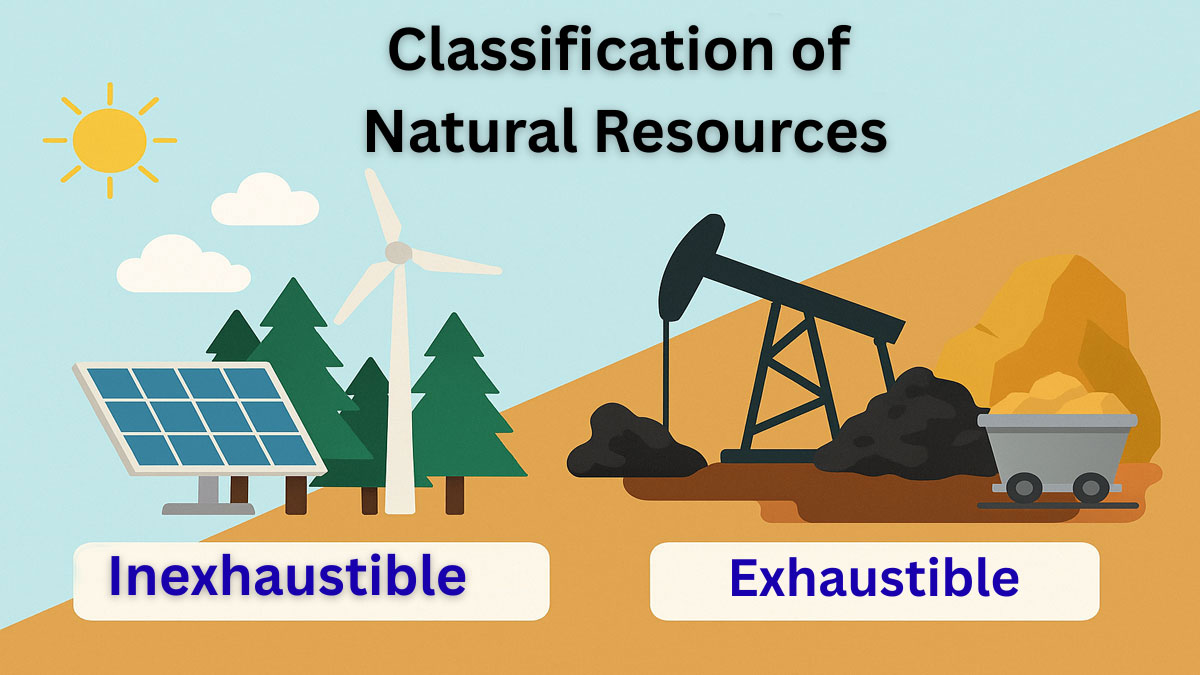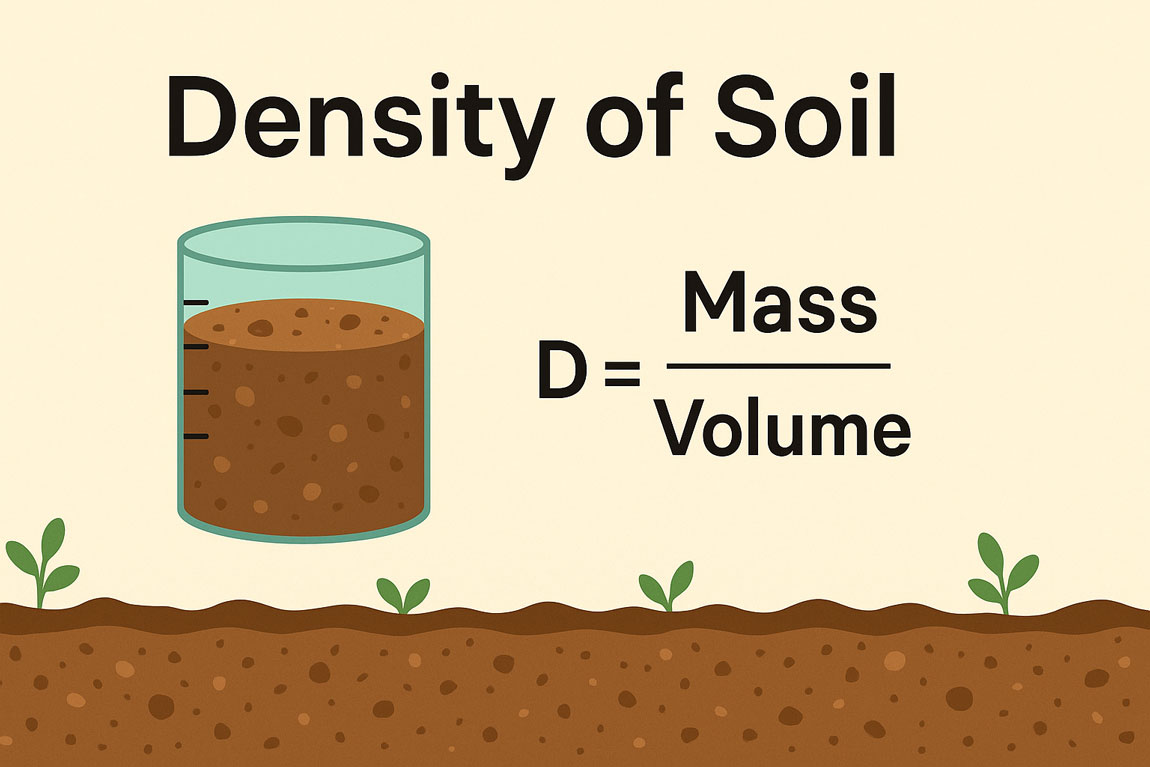Coastline Formation: How Tectonics, Waves & Tides Shape Shorelines
by Gelogia Team | Jun 15, 2025 | Hydrology

Tectonic Settings and Their Role in the Coastline Formation:
- Coastline Formation is determined by a variety of factors, including tectonic setting, the materials present at the shore, and the energy with which water strikes the coast.
- One factor that influences the geometry of the coastline is plate tectonics. Continental margins can be described as active or passive in a tectonic sense, depending upon whether there is or is not an active plate boundary at the continent‘s edge.
- The western margin of North America is an active margin, one at which there is an active plate boundary with various sections of it involved in subduction or transform faulting. An active margin is often characterized by cliffs above the waterline a narrow continental shelf, and a relatively steep drop to oceanic depths offshore.
- The eastern margin of North America is a passive coastline margin, far removed from the active plate boundary at the mid-Atlantic Ridge. It is characterized by a broad continental shell and extensive development of broad beaches and sandy offshore islands.
- A beach is a gently sloping surface washed over by the waves and covered by sediment along the coastline. The sand or sediment of a beach may have been produced locally by wave erosion, transported overland by wind from behind the beach, or delivered to the coast and deposited there by streams or coastal currents.
Wave Action and Erosional Forces Shaping the Coastline:
- Waves and currents are the principal forces behind natural shoreline modification. Waves are induced by the flow of wind across the water surface, which sets up small undulations in that surface. The shape and apparent motion of waves reflect the changing geometry of the water surface; the actual motion of water molecules is quite different.
- While a wave may seem to travel long distances across the water the water molecules are actually rising and falling locally in circular orbits that grow smaller with depth. The depth at which water motion is negligible is the wave base.
- As waves approach the shore and “feel bottom,” or in other words when water shallows to wave base, the orbits are disrupted, and, eventually, the waves develop into breakers.
- The most effective erosion of solid rock along the shore is through wave action-either the direct pounding by breakers, or the grinding effect of sand, pebbles, and cobbles propelled by waves, which is called milling or abrasion. Logically, the erosive effects are concentrated at the waterline, where breaker action is most vigorous.
- If the water is salty, it may cause even more rapid erosion through solution and chemical weathering of the rock.
Coastal Water Levels and Their Impact on the Coastline Formation:
- Water levels vary relative to the elevation of coastal land, over the short term, as a result of tides and storms.
- Tides are the periodic regional rise and fall of water levels resulting from the gravitational pull of the sun and moon on the Earth’s surrounding oceans. The Earth’s rotation is influenced by the gravitational pull of the Sun and, in particular, the Moon. The closer an object, the stronger its gravitational attraction.
- The moon therefore pulls most strongly on matter on the side of the Earth facing it, and least strongly on the opposite side. As the rotating Earth spins through these two bulges of water each day, the overall water level at a given point on the surface rises and falls twice daily. This is the phenomenon recognized as tides.
- Tidal extremes are greatest when the sun, moon, and earth are all aligned, and the sun and moon are thus pulling together. The resultant tides are spring tides. When the sun and moon are pulling at right angles to each other, the difference between high and low tides is minimized. These are neap tides. Storms can create further variations in water height and in the intensity of erosion.
- These relative changes in land and water height may produce distinctive coastline features and may also aggravate coastal problems.






